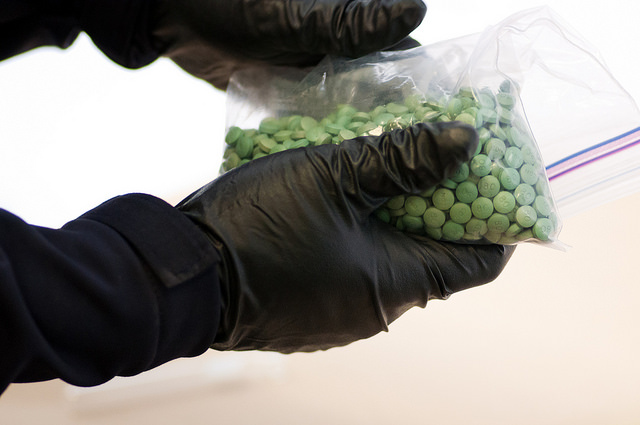Tag: darknet
News
- Articles from Policy & Internet
- Books
- Call for Papers
- Child Safety
- Collective Action
- Conferences
- Democracy
- Development
- Economics
- Education
- Environment
- Ethics
- Governance & Security
- Health
- Interviews
- Mapping
- Methods
- Policy
- Politics & Government
- Publications
- Social Data Science
- Submissions Closed
- Tools
- Video
- Wellbeing
-

A distributed resilience among darknet markets?
—
in EconomicsThe actions by law enforcement were deliberately structured to seed distrust in illicit trading platforms.…
-

Introducing Martin Dittus, Data Scientist and Darknet Researcher
—
Martin Dittus is a Data Scientist at the Oxford Internet Institute. The stringent ethics process…
-

Exploring the Darknet in Five Easy Questions
—
in EconomicsWe caught up with Martin Dittus to find out some basics about darknet markets, and…
